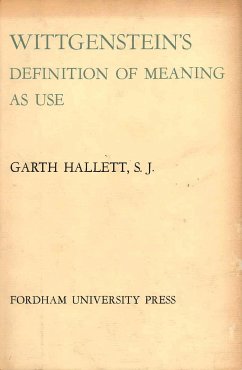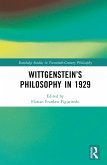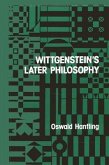"The purpose of this book is to examine and explicate a definition given in Philosophical Investigations. The definition of the meaning of a word is that "the meaning of a word is its use in the language." Hallet understands this as a definition in the strict sense of the word. In Chapter I, the author look to the Tractatus for its treatment of the picture theory of meaning and the Bedeutung/Sinn distinction. The conclusion which he pulls from the early work is that, for Wittgenstein, meaning was already in a proposition by way of the meaning (Bedeutung) of names (simples). Yet, only in the use or application, i.e. in a proposition with sense (Sinn) is meaning revealed. Although the Tractatus is far from saying that meaning is use, certain guiding themes are elaborated and carried into later works; namely, the search for meaning, the impossibility of meaning outside use, and meaning as revealed by use. Chapter II, III, and especially IV bear the brunt of establishing Hallet's thesis that Wittgenstein presented a significant and sound definition. He begins by showing what Wittgenstein proved meaning not to be: meaning is not images, objects, mental referents, nor feelings. All of these theories have convincing confirmation in certain respects, yet analysis, i.e. observation of the actual working of language, shows each to be too narrow. In making his transition to the true definition, the author shows Wittgenstein elaborating theses that meaning is to be found in the system or context of language (depth grammar). These are elaborated only to be cast aside as were the previous suggestions. The pattern elicited from these examinations is that meaning is use and, hence, defined as such. To explicate the definition, Hallett presents and examines seven characteristics of use: complexity, regularity and utility, abstraction, openness, vagueness, variety, and family resemblances. The book concludes with a consideration of the major objections to Wittgenstein's definition."-The Review of Metaphysics








